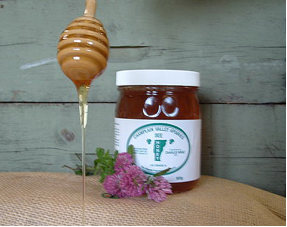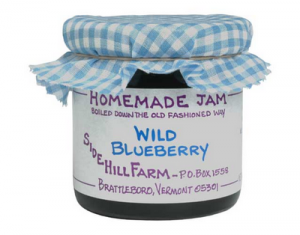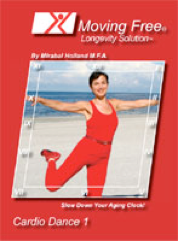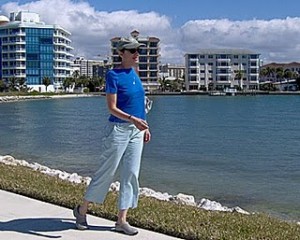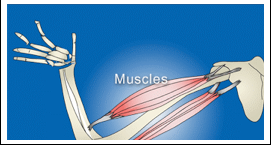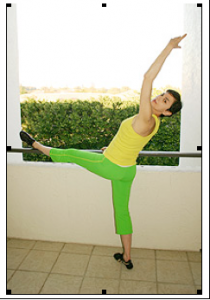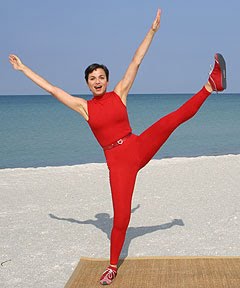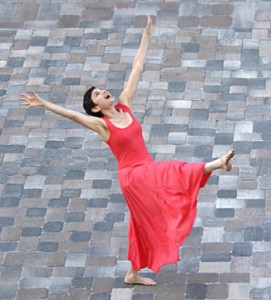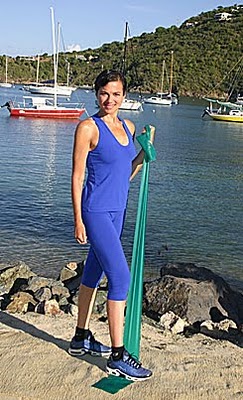You don’t have to be thin to be fit. A number of the people I work with in my practice are both fat and fit. They work out and don’t always lose weight but they are reaping the health benefits that regular moderate exercise can bring to everyone.
According to Dr. Steven Blair in a study from University of South Carolina report published in the Journal of the American Medicine Association. (2007)
“There is a great benefit to being fit” Blair noted, “even if you are, in fact obese…across every category of body composition, unfit individuals have a much higher death rate than those who are fit…Our follow-up has shown that the death rate for women and men who are thin but unfit is at least twice as high as their obese counterparts who are fit…Fitness appears to provide protection against early mortality no matter how much you weigh”
So if you’ve got a few extra pounds on that you are finding impossible to shed, don’t obsess and don’t use it as an excuse not to exercise. Get yourself on a pleasurable and sustainable fitness program. You’ll feel and be healthier and you may eventually end up thinner too.
Here are some safety guidelines for exercising while carrying some extra weight:
Do low impact cardio activities like walking, biking, swimming or low impact aerobics. High impact exercise like jumping or running while carrying extra weight can over-stress your joints.
Stay in your target heart zone. If you’re a normal, healthy person, here’s the formula for finding yours:
220
–Your Age
Your Max Heart Rate in Beats Per Minute
Your should exercise at between 55 – 85% of your Max heart rate.
A good rule of thumb is you should be just barely able to carry on a conversation while exercising.
Here are a few tips for making your exercise program Pleasurable and Sustainable.
–Find something you like or at least don’t hate!
–It helps to exercise with a friend or loved one.
–Use your favorite music to help motivate you.
–Find a regular time in the day and make it a habit.
–Try to do at least something 5 days a week.
–Don’t over do it. Stay in your comfort zone.
Enjoy! And remember, fat or thin Fitness = Longevity!









